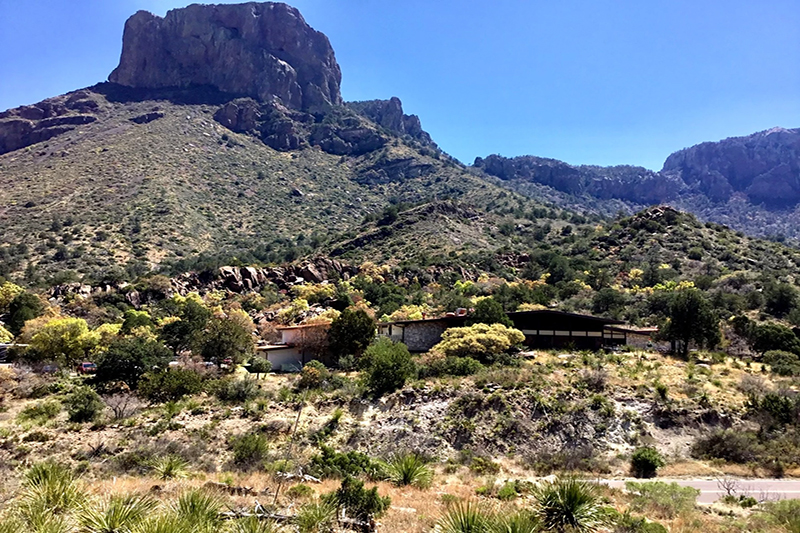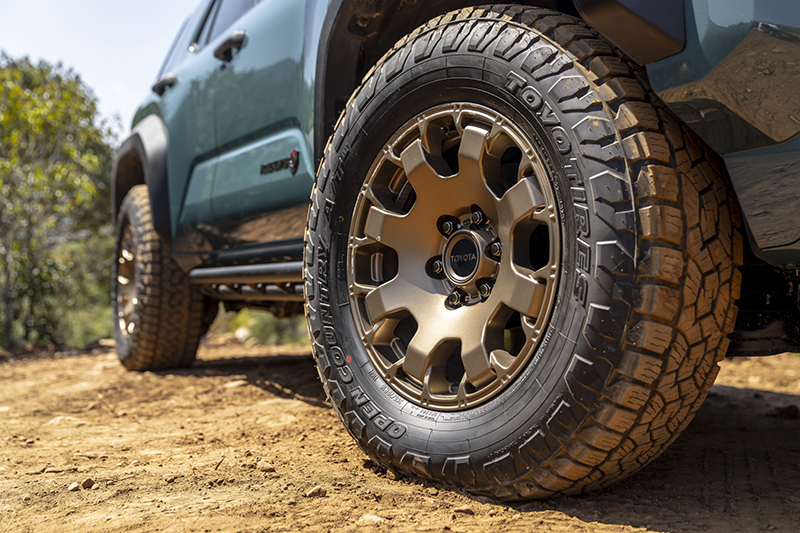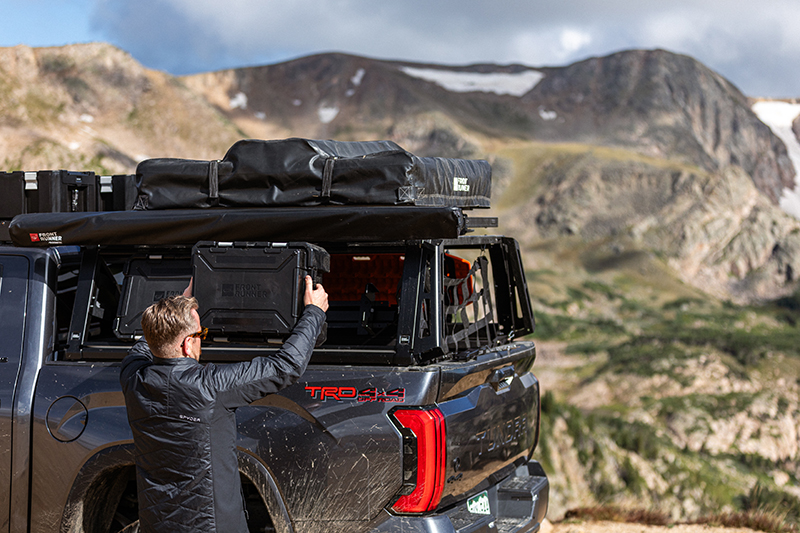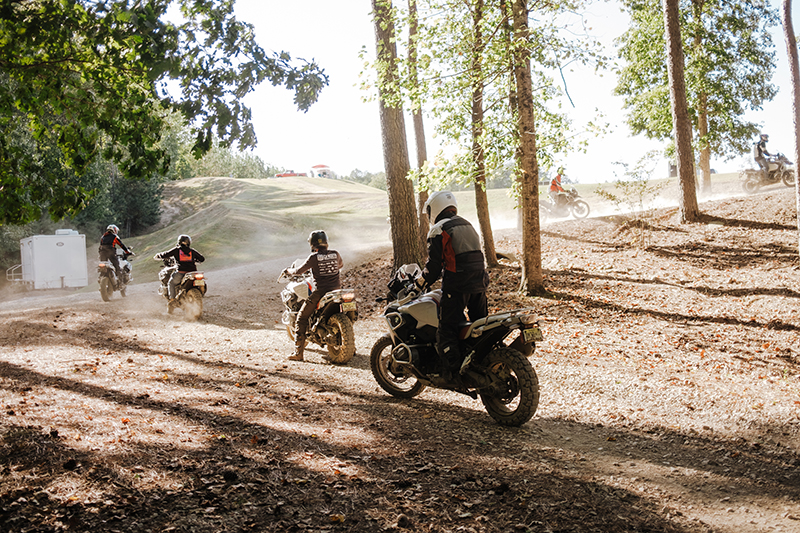Winter Driving
Typically when we think of winter driving, we tend to think of snow and ice, so that is where this article will concentrate. Other conditions can involve rain, sleet, hail, fog or other unusual circumstances. For some, snow and ice will be everyday, for others a very rare occurrence. Either way, driving should be approached with the same principle: care.
Preparation
Let’s start with changes that should be made to a vehicle for winter conditions. In very cold conditions certainly consider moving to a lower viscosity, multi-grade oil. Go with manufacturer recommendations, but keep in mind that where oil is graded as SAE 10W-40, the first number is viscosity when cold while the second is viscosity when hot. The lower the number, the less viscous (thinner) the oil is. Multi-grade oils in the zero-to-five range for cold viscosity (think 0W-40 or 5W-30) pump much better at really cold ambient temperatures, protecting the engine, while also allowing the starter motor to do less work and causing less strain on the battery; certainly highly advantageous for diesels but good for any engine.
Tires, as you might imagine, are critical to winter driving. Just look at the treads on serious snow tires like the Nokian Hakkapeliitta R2 or the Michelin Latitude X-Ice Xi2 to get an idea what works well for snow and ice, usually smaller tread blocks and lots of siping to pump water away from the tractive surface. While mud tires may seem good (and they are in some conditions), usually the tread blocks are too large for efficient clearing of water, so all-terrains will be the better pattern to go with on snow and ice if you are looking at a traditional off-road tread. In higher temperatures when snow is melting and saturating the ground beneath, mud tires come into their own. The more aggressive pattern allows the tires to claw through the upper layers of snow to the (hopefully) more tractive surface below.

Siping and stud holes on winter tires (here the Firestone Winterforce) show a marked deviation from a mud terrain tire. The siping alone will vastly improve traction in icy conditions.
Winter Driving
If your tires are not winter-specific, you can get them siped. This is the process of cutting thin slits across the tread, and it allows enhanced grip in wet conditions as well as in ice and snow. The down side of getting tires siped is that it increases road noise and decreases tire life in dry road conditions.
To gain more traction in snow and ice, snow chains are the obvious accessory. Chains can work very well, just use them at low speed (20-30 mph max depending on the manufacturer) and under appropriate conditions. Always test-fit your chains at home in the driveway. There is nothing worse than wrestling with chains when it is cold and miserable, only to find part of the kit is missing or the chains don’t fit. Also be very aware of steering clearances when chains are fitted. It is not usually a problem on flat surfaces or with stock vehicles, but when the suspension is highly flexed, and especially if you have an aftermarket suspension, clearance for chains can be adversely affected.
Tire studs are another common way to improve tire performance on ice. Be careful with studs, as they actually decrease traction in wet conditions, which are very common in winter. It is best to stud tires which are designed to accept them, but tire shops can put studs in any tires with enough tread, generally with the caveat that they will only do it on new tires, the reason being that used tires may have particulates in the stud holes that will work their way into the tire once the stud is pressed in, causing a flat. Unless you know that most of your driving will be on ice, generally it is better to go with a good winter tread and chains.
Other vehicle systems also warrant a look. The coolant system usually has a 50/50 mixture of anti-freeze and water, though for extremely cold climates upping the antifreeze to 70% can be helpful. Once warm temperatures return, take the mix back to 50/50, as water cools better than ethylene or propylene glycol, the active ingredient in anti-freeze. Be sure to check the level, but also be aware that most coolant should be renewed every two years or 20,000 miles. This is something many people overlook and the corrosion inhibitors in the coolant become depleted over time. Many radiator failures can be traced back to old coolant.
Make sure your wiper blades are in good condition, as icy windscreens tend to give them a workout. Also use windscreen washer fluid that does not freeze down to about zero degrees Fahrenheit and make sure the reservoir is full.
Finally, make sure these items are in your equipment list for the winter: warm clothing and a blanket or sleeping bag, high energy snack bars, windscreen scraper, flashlight, shovel, sunglasses, snatch strap and shackles, heavy-duty jump leads and snow chains.
Driving
Snow and ice offer unique challenges both on and off road and the approach to driving on these surfaces is similar. To start with, always be aware that while forward traction with a four-wheel drive is double that of a two-wheel drive system, braking is exactly the same. Failure to remember this has led many into the ditch. It is always good practice (and is even a requirement for those certified in off-road driving by the National Proficiency Testing Center) to test your brakes as you start from a stop on any new surface. Indeed, I make it a habit to test my brakes as road conditions change. It is as simple as selecting a straight, flat section of road with no one in pursuit and applying brakes as if you are going to stop. Brake pressure should be based on your last test, and your experience with the vehicle under previous conditions. This is particularly good for testing sections where fresh snow has fallen on previously packed snow, a perfect scenario for black ice, but it works in all situations. Make it a well-used tool in your driving toolbox.
In hand with brake control will be throttle control. Mashing your right foot on the fast pedal is not for winter conditions (or any conditions really, except drag racing). Select the highest gear you can get away with and feed the power on smoothly. It doesn’t have to be slow, but it should always be smooth. Often bracing your foot against the floor or the transmission tunnel will allow better foot control and hence better throttle control. Smooth application of power and the highest gear possible will keep wheel spin under control, and that is the whole goal.
Try to avoid steering while braking or accelerating. When approaching a corner, brake and slow down to the required speed before turning in, hold steady momentum through the corner and then accelerate gently and smoothly once out of the corner.
For automatic gear boxes, usually selecting Drive will be best, allowing the transmission to choose the best gear for the circumstances. The exception to this will be in hill descents where forcing the transmission into first gear will help retard the vehicle.
For selectable 4×4 systems, put the vehicle into four-wheel drive and for full-time systems engage the center differential lock. Low or high range should be selected based on road conditions and travel speed. Cross axle lockers can be used when forward momentum is lost and individual wheels have completely lost traction, but allow spinning wheels to stop before engaging. Be extra careful with front lockers as steering control is already at risk and a front locker will exacerbate this.
ABS and traction control work exceptionally well in snow and ice, but beware the confidence they inspire, which can lead to worse issues if overdone. Gentle use of the controls, along with ABS and traction control, will pay dividends in slippery conditions.
The overriding principle in driving in snow and ice is the same as for mud: Use as little throttle as possible in the highest gear possible and avoid abrupt control inputs — brakes, steering or throttle. The often-quoted Land Rover truism, though it may sound tired, is still king: as slow as possible, as fast as necessary. Overlanding is not a race, and conserving your vehicle is Job One, but some situations require momentum and commitment for success. Getting the correct balance between the two is the true art of off-road driving. The more you drive, the better you will get.
Breaking Trail
In deep snow, being first on the road is fun but needs to be approached with caution. Hub depth is about as much as should be tackled if you are traveling solo, as any deeper and you run the risk of ploughing too much and/or getting high-centered. Fresh snow is a lot like shallow water and similar care should be taken in assessing the path ahead for hidden obstacles or road hazards. Sharp rocks and holes are easily obscured, as are branches and roots in wooded areas. Remember that slopes are typically where the surface becomes the most uneven, so they should be evaluated carefully. Walking ahead, while less comfortable, is always a prudent course of action; to borrow a phrase from Tom Sheppard, “prod before you plod.”
In snow that is not fresh-fall, the top may well be crusted over due to the melt-and-freeze cycle. This may give a few more inches clearance and will also lead to harder pack under the tires sooner and less traction (see again under “Following”).
Snow drifts should be assessed carefully before being attacked, for all the reasons already stated. In addition, always have in mind that drifts are caused by perturbations in wind flow, the cause of which may be under the drift! Sufficient momentum to carry the vehicle through the drift will be required (see “fast as necessary” above).
Following
As each car passes, the track gets easier in that surface snow is ploughed away, and harder in that the snow under tire is compressed. Compressed snow becomes more slippery and so provides less traction. Typically it is easier to follow in the wheel tracks of the lead vehicle, but after many vehicles have passed there may prove to be more traction off the rails than in them. Snow will provide better traction than ice, so if the tracks have obvious ice in them, steer for the snow.
After Subsequent Snowfall
When following old tracks inundated by fresh snowfall the base layer may be true ice and very slippery, made more so by the layer of snow or water on top. This is where tire studs or chains really come into their own. Without those extra traction aids, it comes down to more care in the use of controls, and slowing down.
Fording
Streams and rivers crossed in winter have the added challenge of surface ice. As with water depth, ice depth should be assessed. Is it strong enough to hold the vehicle? If so, is it that strong all the way across? If the vehicle breaks through, how deep is the water below, and what is the condition of the bed? Questions like these should be sufficient to give anyone pause in crossing icy water, especially when traveling alone. People are usually reluctant to wade a water crossing in the best of times, so in winter when the water is very cold this becomes even less likely. If you cannot assess the depth of the water, then don’t cross; simple as that. If you can assess water depth, the surface ice cannot hold the vehicle and ingress and egress points check out, then usual water fording rules apply: steady speed sufficient to create a small bow wave. Take extra care in evaluating brakes after the crossing as water may freeze on the brake components.
If there is one word that can describe winter driving conditions it would be “changeable.” The purview of the driver is to recognize and stay on top of the changing conditions to allow the vehicle to carry on, and, if needed, decide when to stop. For more information, I highly recommend Tom Sheppard’s book, Four-by-four Driving, as it is probably the seminal work on the subject.
Editor’s Note: If you’re looking to further your off-road driving skills we highly recommend taking one of Graham’s classes through 7P International. You can also attend a variety of driving skills clinics at Overland Expo in Flagstaff and in North Carolina hosted by Graham and the 7P team. To learn more about 7P International, please visit their website at www.7p.io.
* OutdoorX4 Magazine – Promoting responsible 4×4 adventure travel and outdoor recreation















